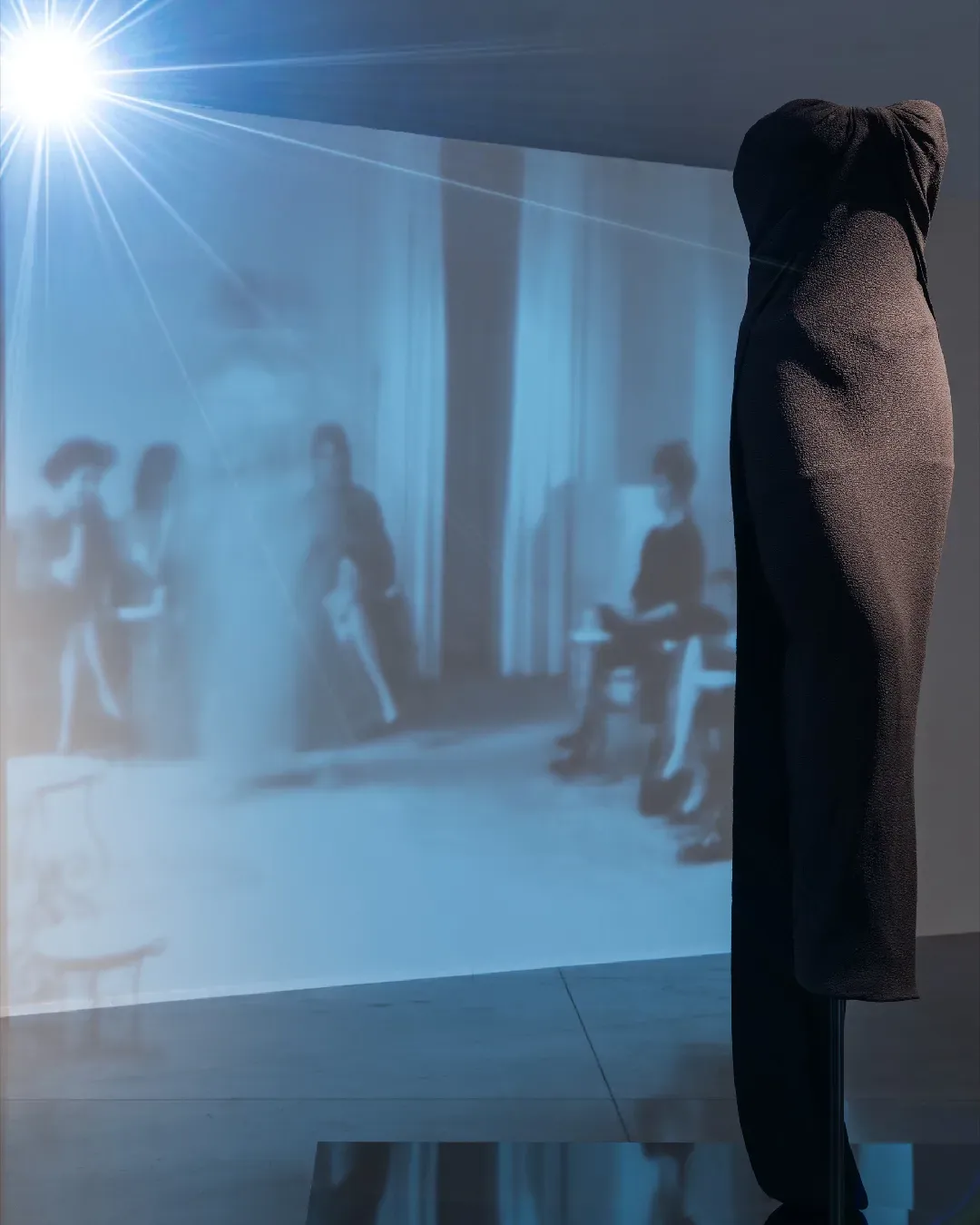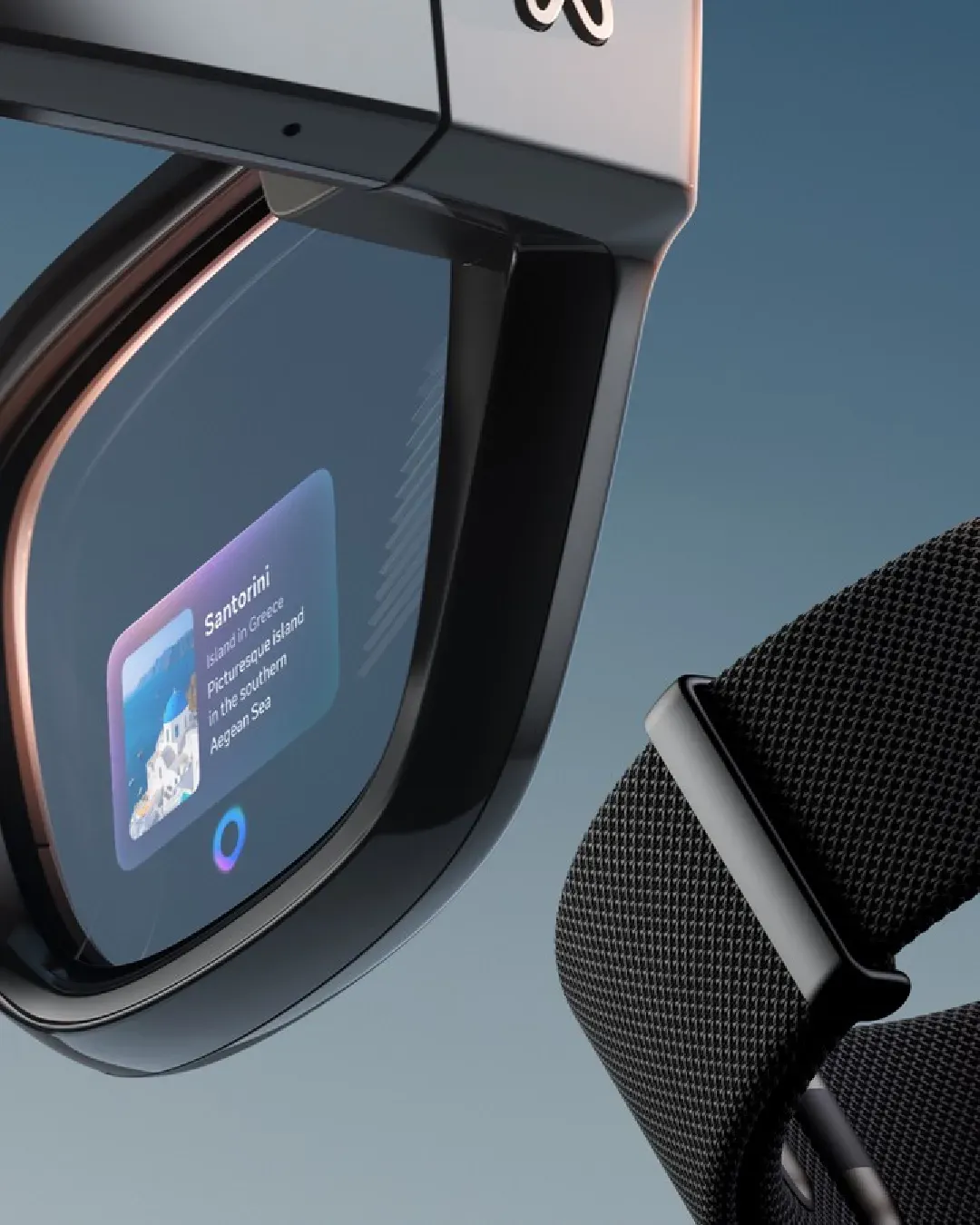
How much does the outfit of your avatar cost? Digital garments by Balenciaga, Prada, Thom Browne on sale at the Avatar Store in Meta
Following Mark Zuckerberg's announcement of the launch of the new Avatar Store live on Instagram a few weeks ago, the sale of digital luxury items in strategic flagship stores around the globe has officially begun, and more importantly, the price of each outfit has been announced. A Balenciaga biker suit, Prada's Linea Rossa shorts, a grey suit by Thom Browne: your avatar's next outfit is available for purchase for the modest price of $8.99. But despite the surprisingly affordable cost, the initiative has not met with the hoped-for enthusiasm, so much so that under a post published by Highsnobiety on the subject the comments reported by BOF were inclement, such as "make them stop", "nobody wants them" and "they are trying so hard to be cool", and although it is too early to have definite sales figures, the public reaction foretells a flop.
Meta avatar store #Meta Announces New Avatar Fashion Store #meta avatar store https://t.co/CDqNlYFUnO
— TechBoiler #TechBoilerArmy (@techboilers) June 20, 2022
Yet the premises were good: brands are trying to ride Gen Z's interest in Web 3 not only to keep up with the times and remain competitive, but also because the past success of luxury streetwear has shown that younger buyers can determine a brand's success. According to BoF Insights, in the US, around 70 per cent of younger consumers consider their digital identity to be important, 50 per cent are interested in buying an NFT and global spending on virtual assets has reached an estimated $110 billion by 2021, 30 per cent in digital fashion. Consumer demand for skins, assets, NFTs has grown significantly since Louis Vuitton became the first major luxury brand to develop virtual skins for Riot Games' "League of Legends" in 2019, later enriched by Balenciaga's contribution for Fortnite and the numerous digital projects launched by Gucci. But where do digital products fit into the luxury business model?
Meta is introducing an online avatar store where users can buy digital apparel for their avatars on Facebook, Instagram, and Messenger.
— Vinci (@Vinci_Medias) June 21, 2022
Brands available now are Prada, Balenciaga, and Thom Browne.
And clothes available for now are motocross outfit, a logo hoodie, and suits. pic.twitter.com/ZGI6C4f2pD
«The big luxury brands have built multibillion-dollar global businesses by extending their offerings beyond fashion and exclusive accessories to lower price categories and higher volumes, as in the case of the beauty sector, forming a pyramid of products that starts with haute couture at the top and expands to ready-to-wear, leather goods, eyewear, perfumes and cosmetic» explains Alexei Kansara on BOF. If prohibitively priced haute couture clothes help create the imagery of exclusivity around each brand, buying 20 euro lipsticks from the same brand is how ordinary people feel included in the dream. Selling digital outfits for 10 dollars follows the same strategy by transporting it to the Web3, but is a luxury brand still desirable if tens of millions of avatars wear its virtual looks?
An alternative strategy is to place digital products higher up the product pyramid, positioning goods such as digital skins and NFTs as limited-edition collector's items like works of art with the potential to resonate with more sophisticated customers, or perhaps it is still too early to enthrall buyers with wearables in a Metaverse that, in fact, does not yet exist. "It could certainly have a positive impact on our brands, if done well" said LVMH chairman Bernard Arnault, referring to NFTs and the Metaverse during his annual presentation to investors in January, but he also added "it is not our goal to sell virtual sneakers for €10". Perhaps, regardless of cost, luxury digital products are doomed to failure because they give up the characteristic that has led fashion to become one of the most significant consumer sectors, namely materiality and experientiality, or perhaps we are just going by trial and error and the right path is there, although it is not this one.















































